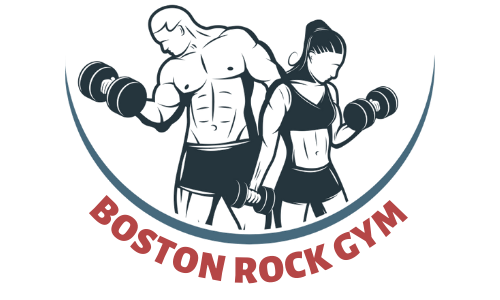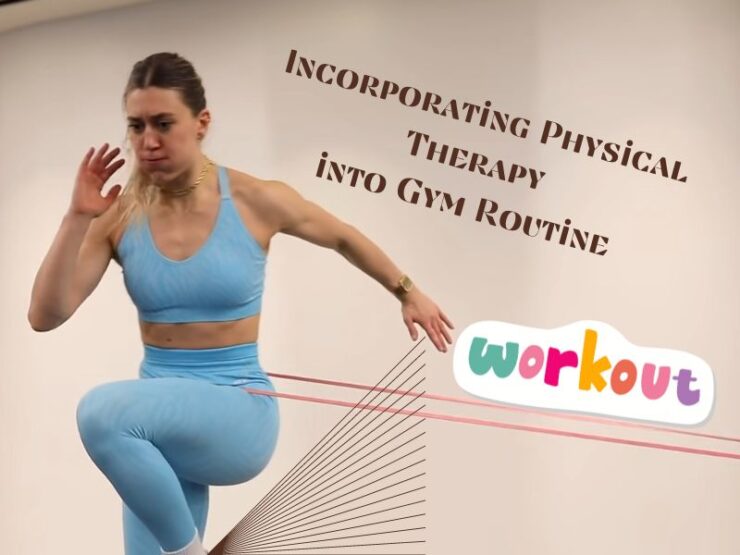Hitting the gym is one of the most popular options for those who want to achieve fitness goals. However, while gym workouts are great for building strength, endurance, and flexibility, they can also lead to injuries if proper form and technique are not followed. This is where physical therapy comes in.
Incorporating physical therapy into your gym routine can prevent injuries and improve flexibility, range of motion, and overall performance. In this article, we’ll explore the benefits of incorporating physical therapy into your gym routine, how to do it effectively, and how it can help you achieve your fitness goals.
So, whether you’re a beginner or an experienced gym-goer, read on to discover the numerous advantages of integrating physical therapy into your workout routine.
Contents
Ways Physical Therapy Can Benefit Your Gym Workout
Physical therapy can be a valuable addition to your gym routine, helping you prevent injuries, improve flexibility and range of motion, enhance strength and endurance, and accelerate recovery.
Here’s an in-depth look at how physical therapy can benefit your gym workout:
Preventing Injuries
Physical therapists can evaluate your movements and identify any potential issues that could lead to injury. They can also help correct improper form and technique to reduce the risk of injury during exercises, such as the following:
- Sprains and strains: A sprain is a stretch or tear of a ligament, while a strain is a stretch or tear of a muscle or tendon. Both can be caused by sudden movements or overuse and can result in pain, swelling, and limited mobility.
- Tendinitis: Tendinitis is inflammation or irritation of a tendon, typically caused by repetitive motions or overuse.
- Rotator cuff injuries: The rotator cuff is a group of muscles and tendons that help stabilize the shoulder joint. Injuries to the rotator cuff can result in pain, weakness, and limited range of motion in the shoulder.
- Tennis elbow: Tennis elbow is caused by repetitive motions and can result in pain, tenderness, and weakness in the forearm and wrist.
- Runner’s knee: Runner’s knee is commonly used to describe various knee conditions, including patellofemoral pain syndrome and iliotibial band syndrome.
- Plantar fasciitis: Plantar fasciitis is inflammation of the plantar fascia, a thick band of tissue that runs along the bottom of the foot. It can be caused by overuse or improper footwear and can result in pain and stiffness in the heel and arch of the foot. However, there are plantar fasciitis insoles specially designed to help with this, you can check out sites like Protalus for more information.
- Shin splints: Shin splints are a common overuse injury that affects the lower leg. They can be caused by repetitive impact, resulting in pain, tenderness, and swelling along the shinbone.
- Lower back pain: Lower back pain often arises due to poor posture, overuse, and injury.
Improving Flexibility and Range of Motion
By reducing muscle imbalances, these exercises can help improve your form and technique during exercises:
- Lunges
- Squats
- Deadlifts
- Planks
- Bridges
- Clamshells
- Glute bridges
- Side-lying leg lifts
- Shoulder dislocates
- Band pull-aparts
If you’re from Haverford, PA, click here to schedule an appointment with a physical therapist that can help develop customized stretches and prevention exercises, significantly reducing the risk of injury.
Enhancing Strength and Endurance
Resistance training is a key component of physical therapy for enhancing strength and muscle development. These exercises can include weightlifting, resistance band exercises, and bodyweight exercises, among others.
In addition to resistance training, physical therapy can also help improve your cardiovascular endurance. This can involve exercises such as cycling, swimming, or running, as well as interval and circuit training.
Accelerating Recovery
Rehabilitation exercises for common gym injuries can include a range of exercises, such as stretching, range-of-motion exercises, and strengthening exercises.
For example, if you experience a sprained ankle, your physical therapist may recommend exercises that target the ankle joint, such as ankle rolls, heel and toe raises, and towel scrunches. These exercises can help improve the range of motion in your ankle joint and build strength in the muscles around the joint.
Physical therapy can also involve other treatments that can help speed up the recovery process. These can include manual therapy techniques, such as massage and joint mobilization, as well as modalities such as ultrasound and electrical stimulation.
How to Incorporate Physical Therapy into Your Gym Routine

As you can see, incorporating physical therapy into your gym routine can be a game-changer for your fitness goals. Here are some tips on how to make it happen:
Consultation with a Physical Therapist
The first step to incorporating physical therapy into your gym routine is to consult with a physical therapist. This consultation is crucial in developing a customized plan that meets your needs and goals. During your consultation, your physical therapist will evaluate your movement patterns, assess your strengths and weaknesses, and discuss your fitness goals.
Based on this evaluation, your physical therapist can create a customized plan that includes specific exercises and stretches to help you achieve your fitness goals and prevent injury.
Scheduling Physical Therapy Sessions
Physical therapy sessions should ideally be scheduled at a frequency of at least once per week, although this can vary depending on your specific needs and goals. The duration of each session may also vary but should typically be at least 30-60 minutes in length.
Consistency is key when it comes to physical therapy, so it’s important to schedule your sessions regularly and stick to the plan that you and your physical therapist have developed.
Combining Physical Therapy with Gym Workouts
Integrating physical therapy exercises into your gym routine can greatly enhance your overall fitness goals. To do this effectively, it’s important to coordinate with both your physical therapist and gym trainer.
- Your physical therapist can help you identify which gym exercises may contribute to your pain or weakness and can provide modifications or alternative exercises to help you achieve your goals without causing further harm.
- Your gym trainer can help you integrate these exercises into your workout routine to complement your physical therapy plan.
Supplement Your Gym Goals with Physical Therapy Today!
With the help of a physical therapist, you can identify and correct any potential issues that could lead to injury, improve your flexibility and range of motion, enhance your strength and endurance, and accelerate your recovery from injuries.
By making physical therapy a regular part of your gym routine, you can achieve better results and reduce the risk of injury. So, why not schedule a consultation with a physical therapist today and take the first step towards a healthier, happier you?



